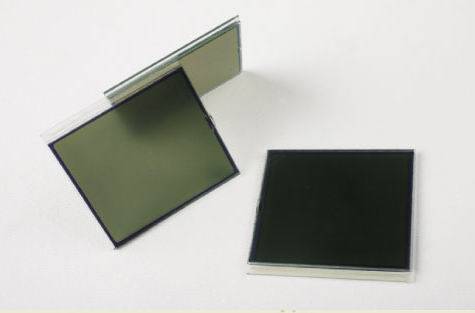
LIQUID CRYSTAL DISPLAY ION BONDING FREE
Can it have translational degrees of freedom so could it be positioned there or maybe a little bit to the left or maybe a little bit to the right or does it have rotational degrees of freedom, so is this orientation exactly defined or could this be free to rotate around some particular axis and so in this molecular crystalline solid we still have zero internal degrees of freedom because there’s no translational freedom. So the final question I have here is what are the internal degrees of freedom and by that I mean how much freedom or flexibility does each of these molecules have. If the molecules that we’re talking about are or something like methane then it could be a weaker form of secondary bonding, but it in general it’s a lot less strong than the primary bonding in the atomic solids that we were thinking about before. Keep in mind there’s not just one kind of ice depending on the temperature and the pressure that you’re at there are dozens of different crystal structures that have been observed or proposed for ice but the important thing here is that the individual components aren’t atoms anymore but rather they’re molecules and so that means that the bonding between these principal components tends to be secondary bonding, so in this case there are relatively strong hydrogen bonds. So let’s move on to think about a molecular crystalline solid and so what do I mean by a molecular crystalline solid, in this case the individual components aren’t atoms but they’re molecules and so this is an example of ice this is one crystal structure that water model molecules can take. In other cases we might be talking about covalent bonding or metallic bonding but the point is that this is very strong primary bonding so bond enthalpies can be quite strong between individual atoms. So see, there’s things like metals or ionic solids the individual components of that crystal structure are atoms so in this case this is an ionic solid so there might be some cations and some anions but the individual components are atoms and the bonding between the principal components is strong primary bonding and so in this case that might be ionic bonding. So in order to get started, let’s think about how we describe these different systems before An atomic crystalline solids. We are gonna basically focus on some definitions about what are liquid crystals were – some of the different kinds of liquid crystals and we’re going to talk about short and long range order in these systems. So we’re going to start talking about what these materials are.


LIQUID CRYSTAL DISPLAY ION BONDING TV
So that might seem like a little bit of an academic and not an interesting thing at all until you remember that a lot of technology is based on liquid crystals so a liquid crystal display is basically a something like a monitor or TV where we use a thin film of liquid crystal materials to turn on and off each pixel and we do that specifically by changing their internal structure, changing how they’re oriented so that it affects how they interact with polarized light. Specifically they can change the polarization of light and so this is basically an image of shining polarized light through a film of liquid crystals and you can see it some parts the light is basically rotated and slowed, some part of the light is cancelled out because it’s rotated and it’s rotated an angle that’s cancelled out by the polarizer that is between the film and where we’re looking at it. Liquid crystals are particularly important because they interact with light in interesting important ways. Today we’re going to talk about things that are not quite crystalline but definitely not amorphous as well and we’re a start off by talking about liquid crystals.


 0 kommentar(er)
0 kommentar(er)
